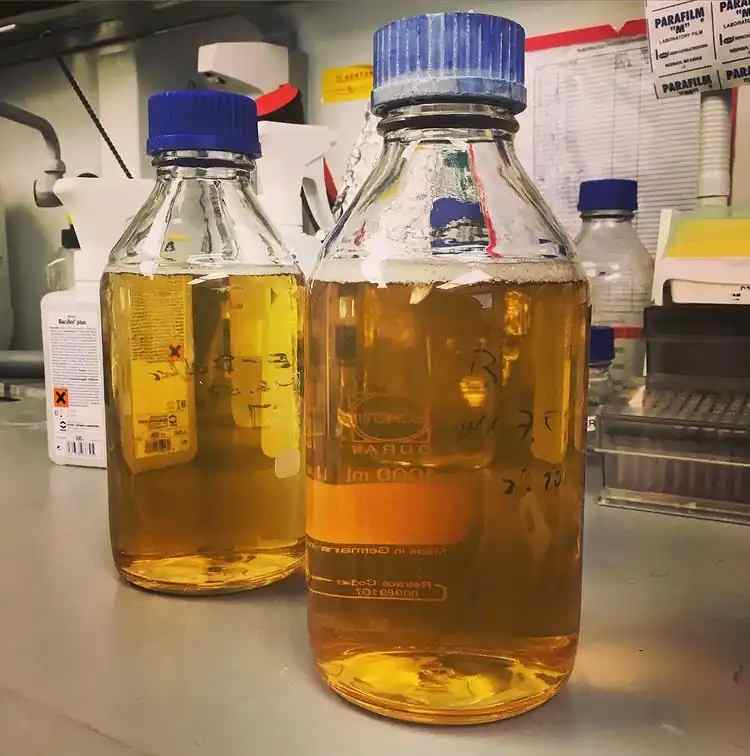Content :
LB broth | principles | Preparation | Variants
Ⅰ. Overview
LB Broth , also known as LB Medium, Lysogenia Broth, Luria Broth or Luria-Bertani medium, is a nutrient-rich medium commonly used for the cultivation of bacteria.
LB medium is suitable for non-selective cultivation of strains of E. coli for cloning, DNA plasmid production and recombinant protein production. Also suitable for selective breeding when appropriate antibiotics are added.
The LB medium formula was published in 1951 in Bertani's first paper on lysogeny, now there are three common formulations of LB: LB Miller, LB Lennox and LB Luria.

LB Broth
Ⅱ. Preparation / Composition
The LB Miller formulation is the common or more standard formulation of LB. Alternative formulations of LB vary, primarily, in NaCl concentration thus allowing selection of appropriate osmotic conditions and desired culture conditions.
LB medium is available as a powder, broth or ready-to-use.
Lennox LB Agar composition |
|||
|---|---|---|---|
| Ingredients | gram/litre | ||
| Peptone | 10g | ||
| Yeast extract | 5g | ||
| Sodium Chloride | 5g | ||
Composition LB Miller |
|||
|---|---|---|---|
| Ingredients | gram/litre | ||
| Peptone | 10g | ||
| Yeast extract | 5g | ||
| Sodium Chloride | 10g | ||
Composition LB Luria |
|||
|---|---|---|---|
| Ingredients | gram/litre | ||
| Peptone | 10g | ||
| Yeast extract | 5g | ||
| Sodium Chloride | 0.5g | ||
Composition of LB Miller agar |
|||
|---|---|---|---|
| Ingredients | gram/liter | ||
| Peptone | 10g | ||
| Yeast extract | 5g | ||
| Sodium Chloride | 5g | ||
| Agar | 12g | ||
Ⅲ. Variants and uses
There is a range of variants and additives that can be added to the LB medium for the identification or selection of a population of organisms.
- Often, an antibiotic is added to the sterilized medium to select for cells containing a specific genetic element such as a plasmid, transposon, or gene disruption via an antibiotic resistance cassette.
- Low salt formulations, Lennox and Luria, are ideal for crops requiring salt-sensitive antibiotics such as Zeocin.
- To isolate marine microbes such as Vibrio spp., some researchers have used 30 grams per liter of NaCl
- To maximize growth, especially when a carbon source such as glucose is added, phosphate buffer or Tris-HCl buffer may be added to maintain pH.
- If the medium is to be used for growth of bacteriophages, a sterile CaCl2 stock solution is often added after autoclaving.
References:
- G. Bertani - The Mode of Phage Liberation by Lysogenic Escherichia coli
- ASM - Luria Broth (LB) and Luria Agar (LA) Media and Their Uses Protocol
- teknova - LB Médias
- Handbook of Culture Media for Food Microbiology
- Sigma-Aldrich : LB Broth (Lennox)
- biocampare - LB Broth / LB Agar